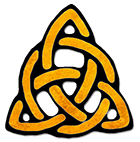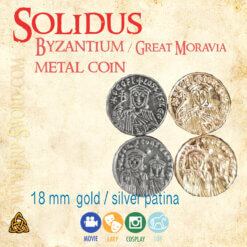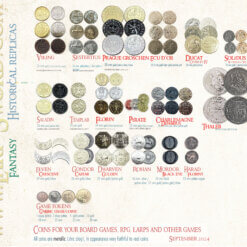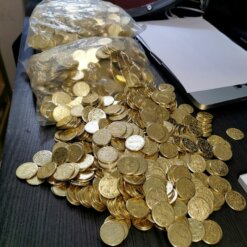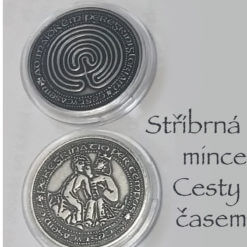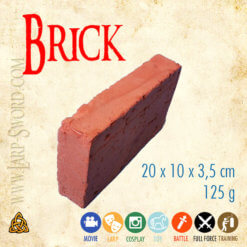Écu d’Or – a metal coin for games
$0.69 – $46.00
Écu is the coin of the French kings. The first écu was a gold coin (écu d’or) minted during the reign of Louis IX. of France in 1266. Later, however, silver coins known as écu d’argent or écu d’blanc were minted.
The diameter is 25.5 mm
The material is metal alloy.
Écu is the coin of the French kings. The first écu was a gold coin (écu d’or) minted during the reign of Louis IX. of France in 1266. Later, however, silver coins known as écu d’argent or écu d’blanc were minted.
Description
Écu d’Or – a metal coin for games is a coin of the French kings. The first écu was a gold coin (écu d’or) minted during the reign of Louis IX. of France in 1266. Later, however, silver coins known as écu d’argent or écu d’blanc were minted.
The diameter is 25.5 mm
The material is metal alloy.
Écu d’Or – a metal coin for the games (from the Latin scutum) meaning shield, and the coin was so called because its design included the coat of arms of France. The word is related to Catalan escudo, Italian scudo, or Portuguese and Castilian escudo.
When Louis IX. ascended the throne, France still used the small Charlemagne silver denarii that had circulated since Charlemagne’s time to the exclusion of larger silver or gold coins. Over the years, French kings granted many nobles and bishops the right to mint coins, and their “feudal” mintages rivaled the royal coinage. Venice and Florence had already shown that there was a demand for larger silver and gold coins, and in 1266 Louis IX. to mint the first Écu coins, which were reserved for the royal mint and, at least initially, the monarchs tried to maintain the coinage as reliable. Its gold écu d’or showed a shield studded with fleur-de-lis, which was the coat of arms of the French kings of the time.
The coin has taken over and has typical visual features: On the obverse there is usually a seated portrait of the king with the royal coat of arms, on the reverse stylized symbols of France. These coins were generally named after the appearance of the obverse and the écu à la chaise, which Philip VI. introduced in 1337, it showed a shield with the coat of arms of the French kings next to a seated king. Philip VI spent a huge amount of these coins to subsidize his allies in the Netherlands at the beginning of the Hundred Years’ War, and the coin was widely copied in the Netherlands.
Additional information
| Color | Gold |
|---|---|
| Množství v balení | 1 pc, 10 pcs, 100 pcs |
| Žánr/období | Medieval |

